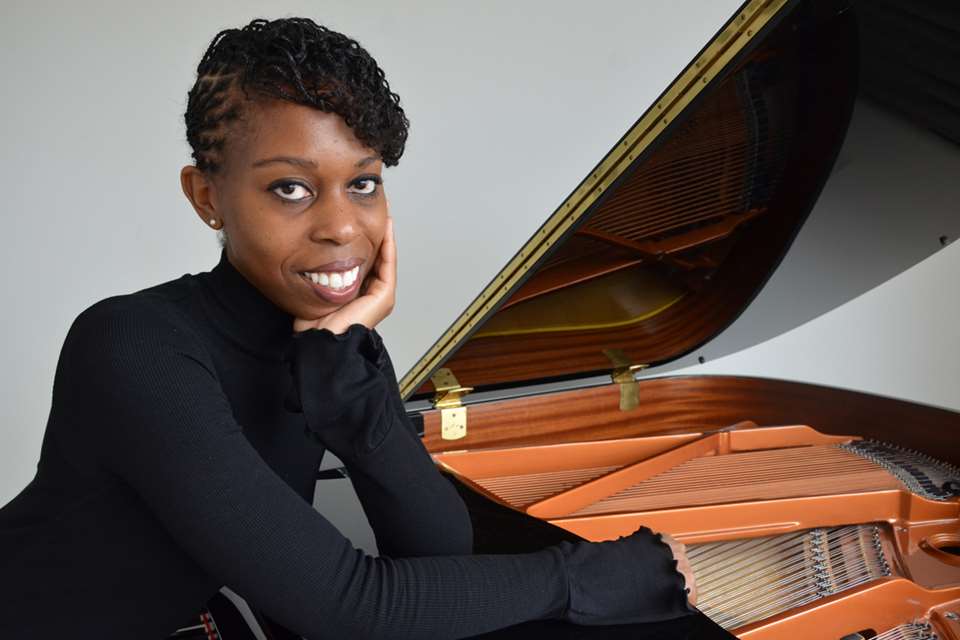Florence Price: Out of the shadows
Andrew Farach-Colton
Tuesday, January 18, 2022
Thanks to a number of artists championing her work, the pioneering African American composer Florence Price is finally achieving the recognition she deserves, writes Andrew Farach-Colton
Register now to continue reading
Thanks for exploring the Gramophone website. Sign up for a free account today to enjoy the following benefits:
- Free access to 3 subscriber-only articles per month
- Unlimited access to our news, podcasts and awards pages
- Free weekly email newsletter









